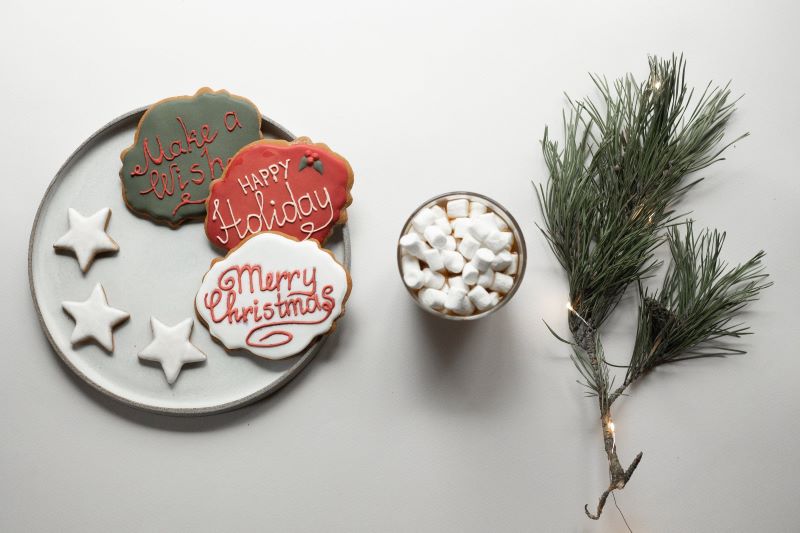
Christmas is one of the most celebrated events in the world, and with it comes the tradition of singing Christmas carols. This musical practice has been around for centuries and has endured through different cultures, religions, and regions. The history of Christmas carols is fascinating, as it shows us how these songs have evolved over time, and how they continue to bring joy and cheer to people of all ages.
Unearthing the Roots of Christmas Carols: A Journey Through Time
The origins of Christmas carols can be traced back to the early Christian church in Europe. At that time, singing was an essential part of the church service, and this included singing hymns and psalms. However, the idea of singing Christmas-themed songs started when Saint Francis of Assisi began a new tradition of singing carols in the local language, rather than Latin. This new approach was intended to engage people who could not understand the Latin language, making the message of Christmas more accessible to everyone.
From this point on, the tradition of singing Christmas carols spread throughout Europe, and over time, the songs themselves evolved. Many of the original carols were based on medieval poems and songs, with some dating back as far as the 4th century. As the years went by, various composers and songwriters added their twists to these carols, creating new versions that were unique to their region.
The Stories Behind Our Favorite Holiday Songs: From Silent Night to Jingle Bells
One of the most popular Christmas carols worldwide is “Silent Night,” which was written in 1818 by Franz Xaver Gruber in Austria. It remains a beloved classic to this day, and is often played at Christmas events around the world. Other classic Christmas carols include “Hark! The Herald Angels Sing,” “O Come, All Ye Faithful,” and “Joy to the World,” all of which have roots in the 18th and 19th centuries.
As Christmas carols made their way across the Atlantic to America, their popularity grew even more. New songs were added to the Christmas carol repertoire, including “Jingle Bells,” “The Twelve Days of Christmas,” and “We Wish You a Merry Christmas.” These songs have since become Christmas standards, beloved by people of all ages and backgrounds.
The Future of Christmas Carols: How Modern Music Has Changed the Genre for the Better (or Worse)
In the modern era, Christmas carols continue to evolve, with new versions and variations being introduced every year. Some artists put their own spin on classic carols, while others create new carols altogether. One example of this is the popular Christmas song “All I Want for Christmas Is You,” which was written by Mariah Carey in 1994.
The tradition of Christmas caroling has also taken on new forms in recent years. With the advent of technology, it is now possible to join virtual carol singing sessions, where people from all over the world can come together and sing carols online. Many churches also hold carol services, where people come together to sing traditional carols and celebrate the Christmas season.
In conclusion, the history of Christmas carols is a fascinating journey through time, and one that showcases the resilience and adaptability of this musical tradition. From its early roots in medieval church hymns to its current status as a beloved Christmas tradition worldwide, Christmas carols have withstood the test of time and continue to bring joy to people of all ages. Whether you are singing classic carols or newer versions, there is no denying the magic of the Christmas carol.
